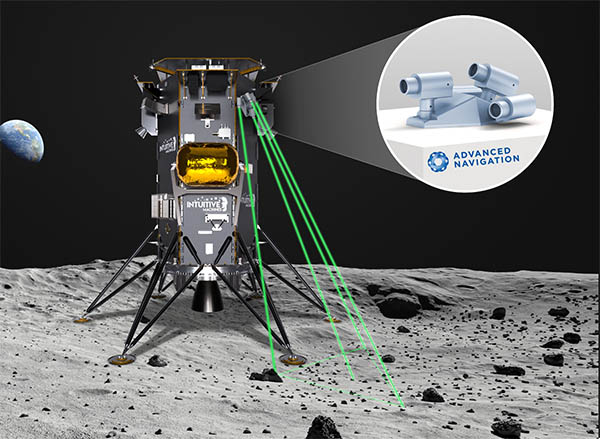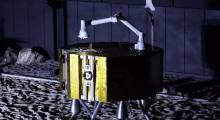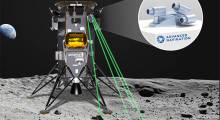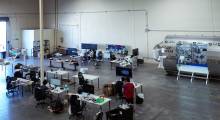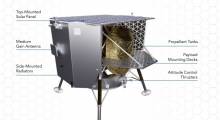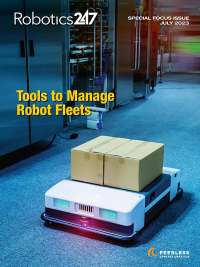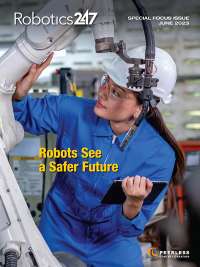Advanced Navigation has been awarded a Moon to Mars Initiative: Demonstrator Mission Grant by the Australian Space Agency to support NASA’s endeavor to explore the Moon and beyond to Mars. The grant will accelerate the development and production of the company’s light detection, altimetry and velocimetry (LiDAV) technology, the Sydney, Australia-based Advanced Navigation said.
Supported by this award, Advanced Navigation said it will deliver a space-qualified LiDAV sensor called LUNA (Laser measurement Unit for Navigational Aid) to US-based space systems company, Intuitive Machines, as part of NASA’s ongoing Commercial Lunar Payload Services (CLPS) program.
Project LUNA will ultimately be demonstrated on board Intuitive Machines’ Nova-C lander during the final descent en route to the lunar surface. Following this demonstration, Advanced Navigation’s LUNA technology will be offered commercially for integration into landers from 2025-26.
The technology will improve the safety and reliability of autonomous landing maneuvers, enable reliable navigation on the lunar surface, and serve as a catalyst for autonomous space exploration and transportation, the company argued.
“Following the leadership of the U.S. and Australian governments in the Artemis Accords, Advanced Navigation and Intuitive Machines will usher in a new era of deep space exploration, said Xavier Orr, CEO and co-founder of Advanced Navigation. “Together, we will enhance long endurance celestial navigation as we unlock the commercial space economy and push the boundaries of scientific discoveries on the Moon and beyond.”
Project LUNA powered by LiDAV technology
Spacecraft autonomy demands exceptional situational awareness and relies on multiple navigation technologies for mission success. Based on more than a decade of research and development at the Australian National University, LUNA represents a breakthrough in commercial extraterrestrial navigation.
The technology delivers precise three-dimensional velocity and altitude information relative to the lunar surface. When visual references are unavailable and cameras fail due to lack of light, dust and other obscurities, LUNA can serve as a primary navigation input.
The navigation sensor will ultimately become a crucial technology that will improve the safety and reliability of complex autonomous landing maneuvers and the confidence with which we can explore the lunar surface.
Celestial exploration with technology partners
Outside of the Nova-C Lander, the light weight and performance capabilities of LUNA are well suited for Intuitive Machines Micro-Nova, a mini extreme mobility lunar vehicle also known as a “hopper.”
The spacecraft will explore shadowed craters and lava tubes, using LUNA to help it navigate autonomously, regardless of ambient light conditions and lack of access to GPS.
During this project, Advanced Navigation will be collaborating with Australian Astronomical Optics (AAO) at Macquarie University to design, fabricate, and qualify LUNA’s optical head assembly to survive the extraordinarily challenging environmental conditions of space. Advanced Navigation will also be supported by Australian company Transparent Earth Geophysics, for comprehensive flight test campaigns, and to explore terrestrial applications of LUNA for airborne gravimetry and precision navigation of airborne vehicles when GPS is unavailable or unreliable.
This includes aircrafts, helicopters, commercial drones and flying taxis among other exciting applications.
Founded on a culture of research and discovery, Advanced Navigation's mission is to be the catalyst of the autonomy revolution. Powered by a deep curiosity to apply ground-breaking technologies to uncover and explore new frontiers, the company is ultimately extending human capabilities to build a more resilient and sustainable future, with safer outcomes, on and off planet.
Article topics
Email Sign Up

